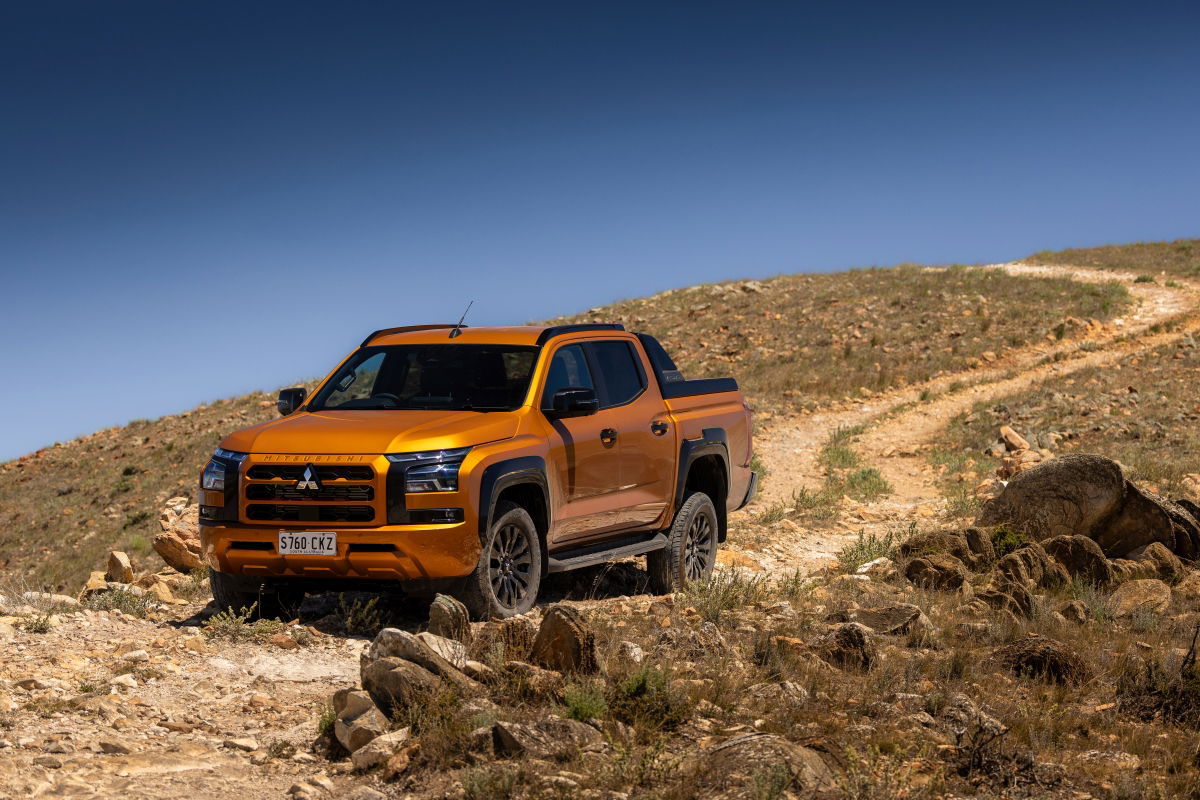
It has been said many times, but it remains a fundamental truth, the dual-cab ute has become the modern Australian family car. Forget the days of the Holden Commodore and Ford Falcon, these days the most popular vehicles in the country are the Toyota HiLux and Ford Ranger.
But just like the old days, Mitsubishi is a thorn in the side of the ‘big two’ by offering an appealing alternative. In years gone by it was the Magna that was the challenger, but in 2024 it falls to the Triton to take on Toyota and Ford’s dual-cabs.
READ MORE: 5 reasons why the new Mitsubishi Triton is bad news for Ranger and HiLux
That’s no easy task, as the HiLux/Ranger duo have a vice-like grip on the top sales spots and leave the rest of the market fighting for the final podium spot. That includes some big name contenders including the Isuzu D-Max, Nissan Navara, Mazda BT-50 and LDV T60 – to name just a few.
The difficulty is increased for brands because of the long lifecycles of utes, which typically run for a decade (sometimes more) rather than the six or seven years of a passenger vehicle. So if you get it wrong, you’ve got a long time to live with that mistake. The previous Triton ‘L200’ ran from 2014 until this new model arrived at the start of this year and it was feeling its age by the end of it.
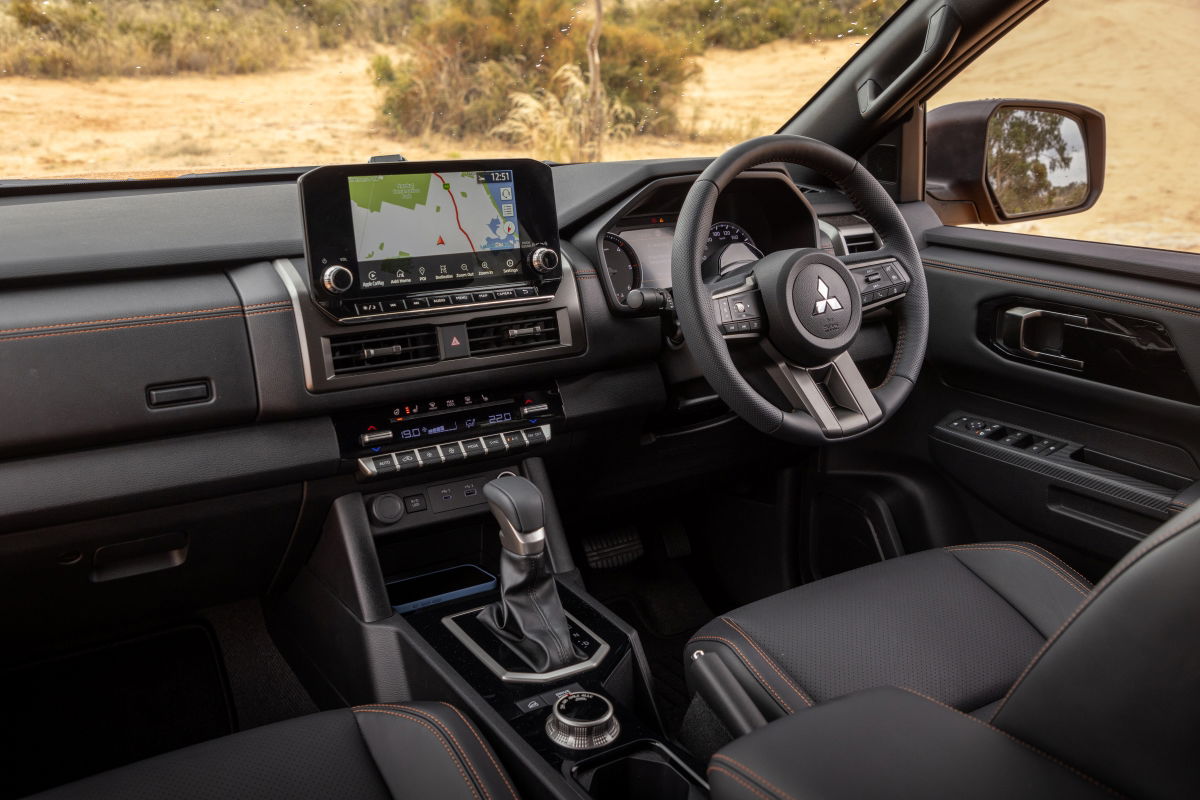
This sixth-generation Triton immediately feels fresh and new from the moment you set eyes on it. It has a bold, muscular look that ute buyers appear to love and inside the cabin feels modern and more SUV-like, as the market is calling for.
Crucially, the chassis is genuinely all-new, replacing the previous version that could actually be dated back to the fourth-generation model that debuted in 2006. It has allowed Mitsubishi to grow the Triton, giving it an extra 50mm of width and another 130mm in the wheelbase, which addresses a key problem with the previous model, which just felt too small against its competition.
It certainly feels different on the road, whereas the previous model felt heavy and slow, this latest Triton is more responsive and comfortable on the road. It’s still not at SUV levels of refinement, but in a market that demands everyday usability and family friendliness, the Triton certainly delivers that.
There’s been another major change under the bonnet, where the 2.4-litre four-cylinder diesel engine now has two turbochargers instead of one. That pushes power to 150kW and torque to 470Nm, a 17kW/40Nm boost over the previous generation, and is paired with a six-speed automatic transmission as standard. The new engine feels both stronger and smoother than the old Triton but the lack of a V6 option, like the Ranger offers, may be a deal-breaker for some.
We tested the Triton GLS, which sits in the middle of the range, between the hard-working GLX and fancy GSR range-topper. This was always expected to be the most popular model in the line-up as Australians look for a more polished dual-cab for family duties. It comes with plenty of goodies, including 18-inch alloy wheels, dual-zone climate control, keyless entry and ignition and wireless smartphone charging for its $59,090 asking price.
As a more modern and family focused ute it also comes equipped with loads of modern safety features too, which can be a double-edged sword unfortunately. While avoiding an accident is great, the Triton’s driver attention warning system which is a little too hyperactive, beeping at you almost as soon as your eyes stop looking straight ahead – so if you check your blindspot, look at cross-streets or even look down at the infotainment system.
Mitsubishi is hardly alone with this modern frustration (and, to be blunt, distraction) in the name of safety, but thankfully the company has recognised this and is rolling out a software update on existing cars; it just wasn’t updated on ours when we tested it. Kudos to Mitsubishi Australia for acknowledging these safety systems can be problematic and adapting.
But that’s what car makers need to do, be responsive to customer demands, if they want to succeed in the ute market in this day and age. No longer are these tools of the trade, but rather hard-working family vehicles that need to be both practical and polished. Thankfully for Mitsubishi the Triton does that and carries on the legacy of the Magna as a challenger to the ‘big two’ families vehicles on the market today.



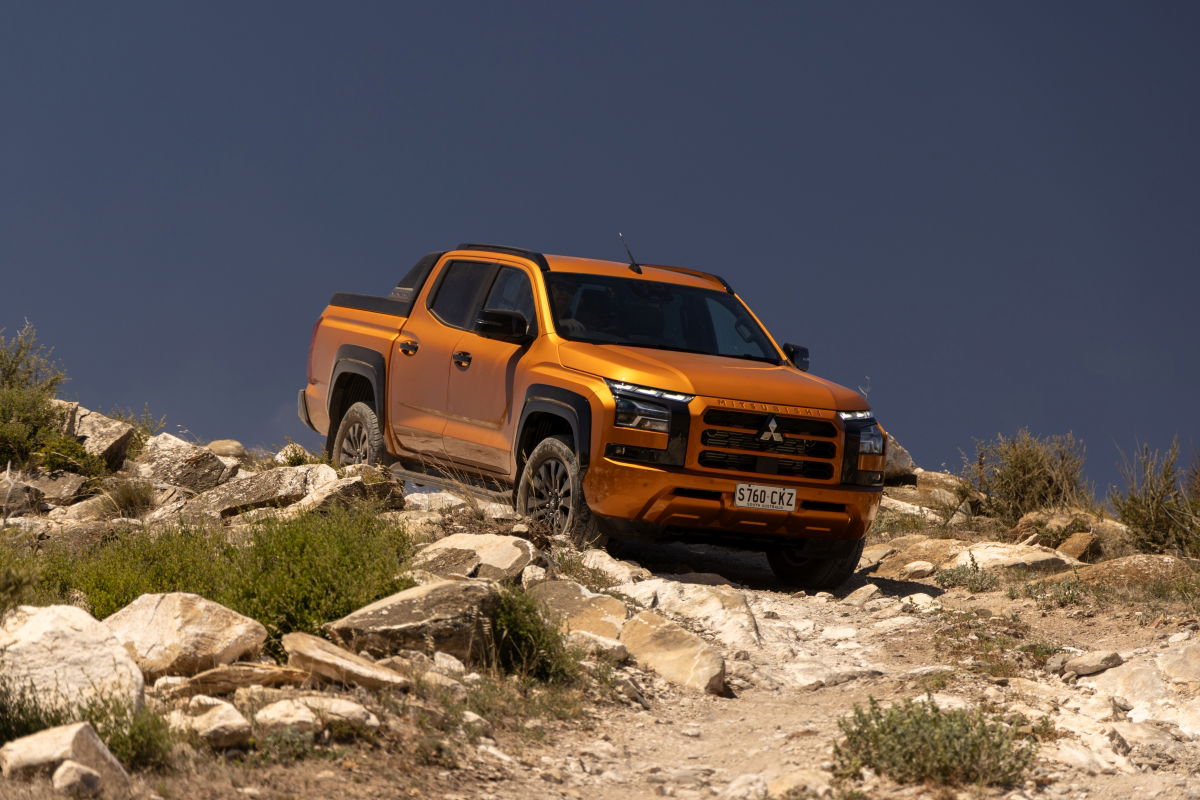
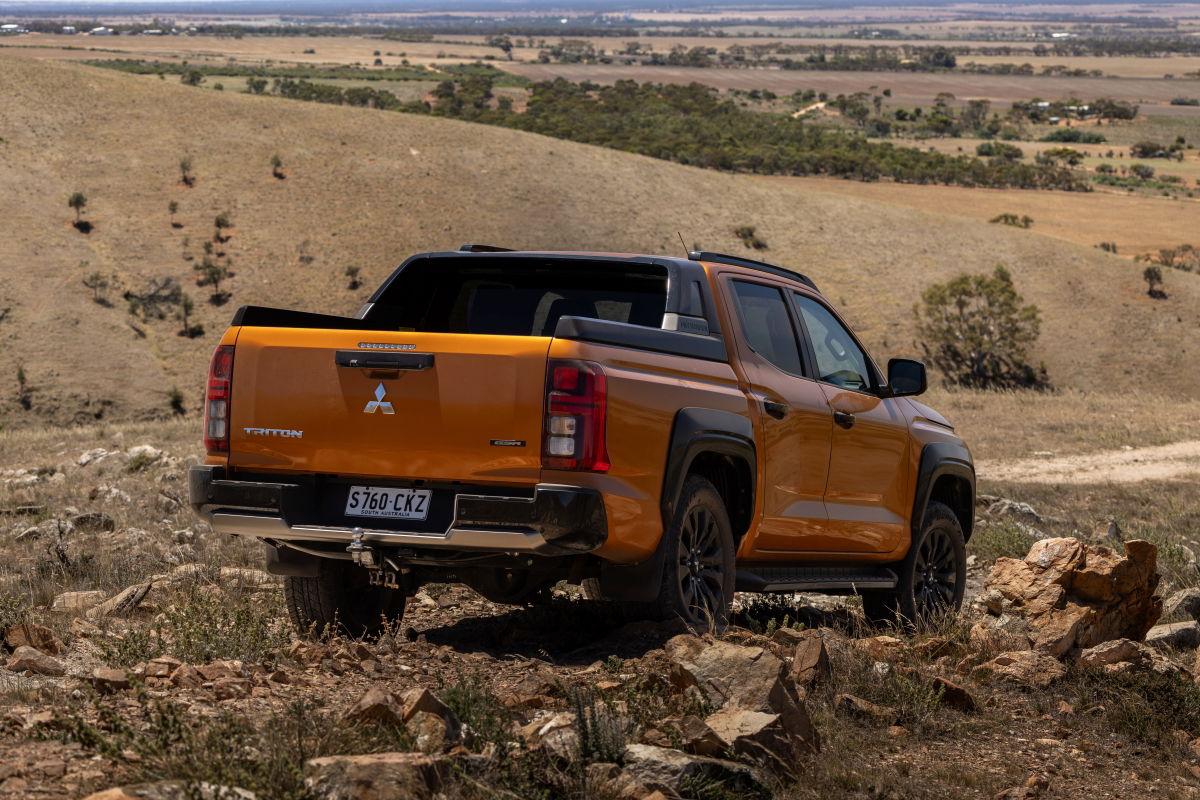
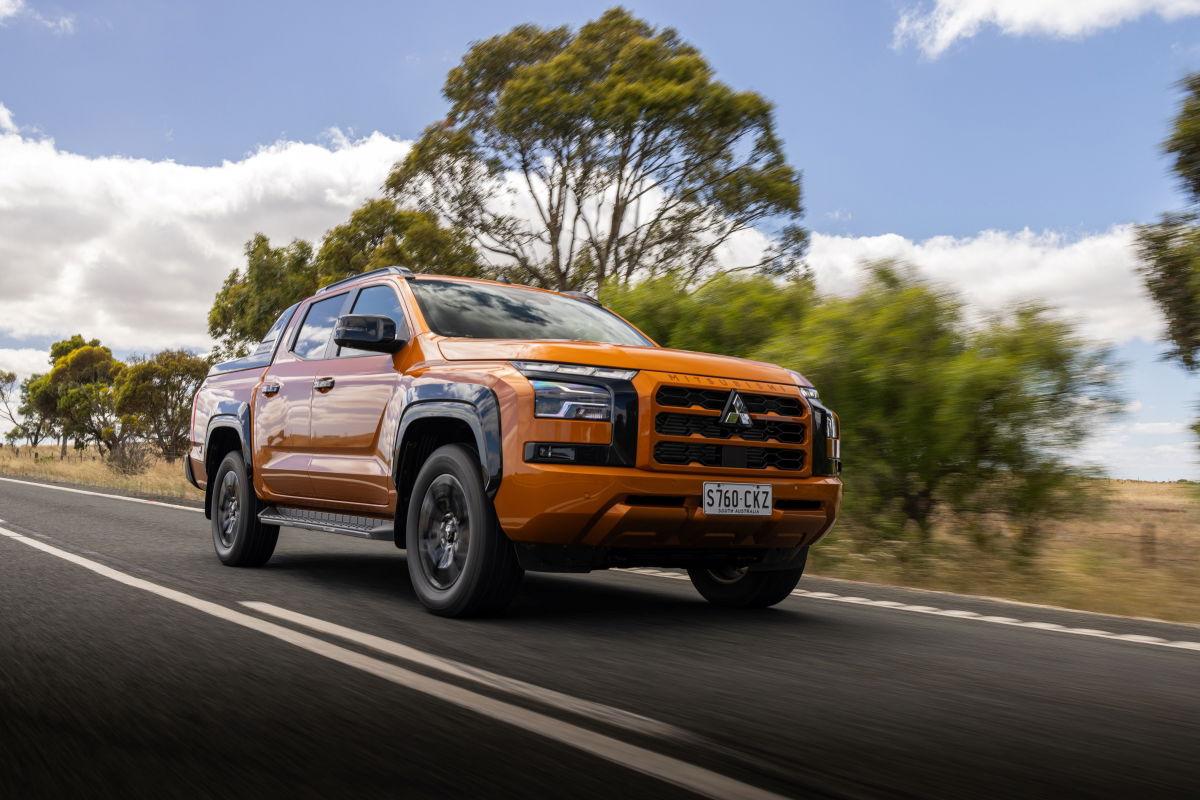









Discussion about this post